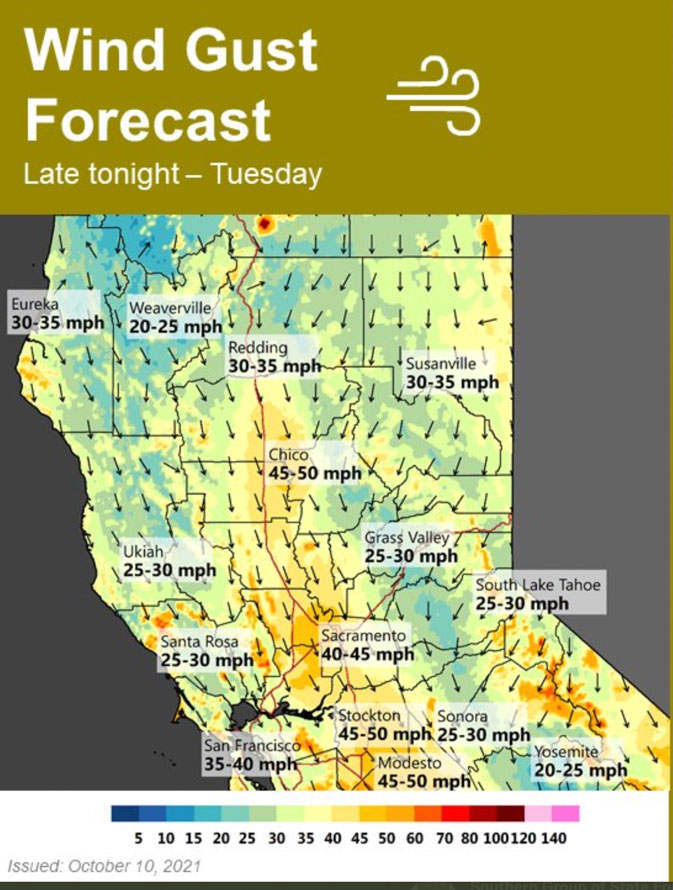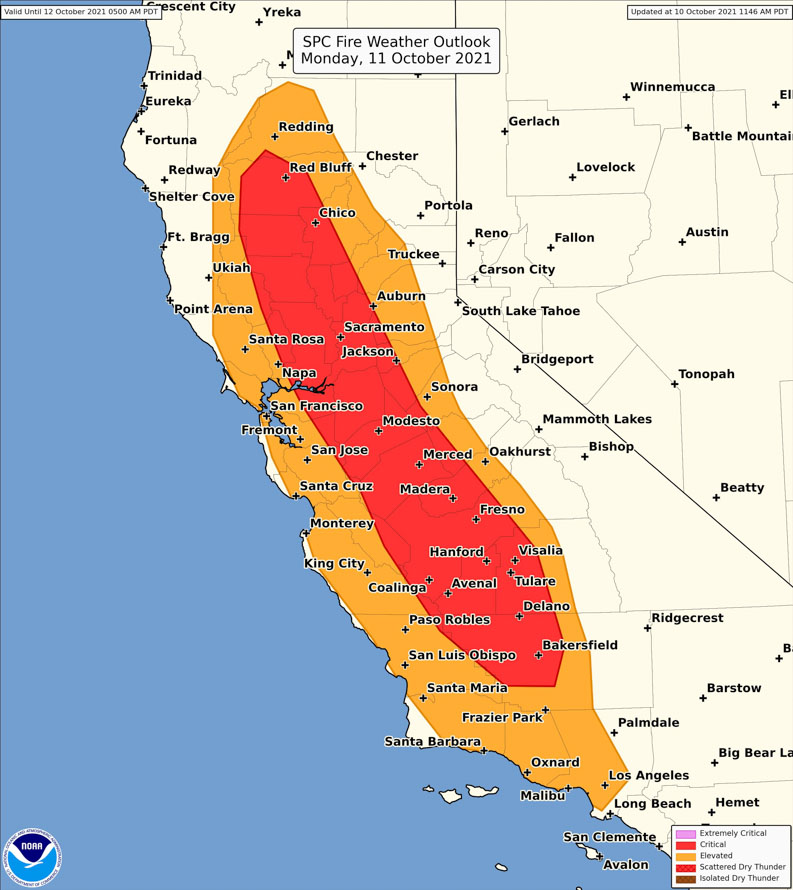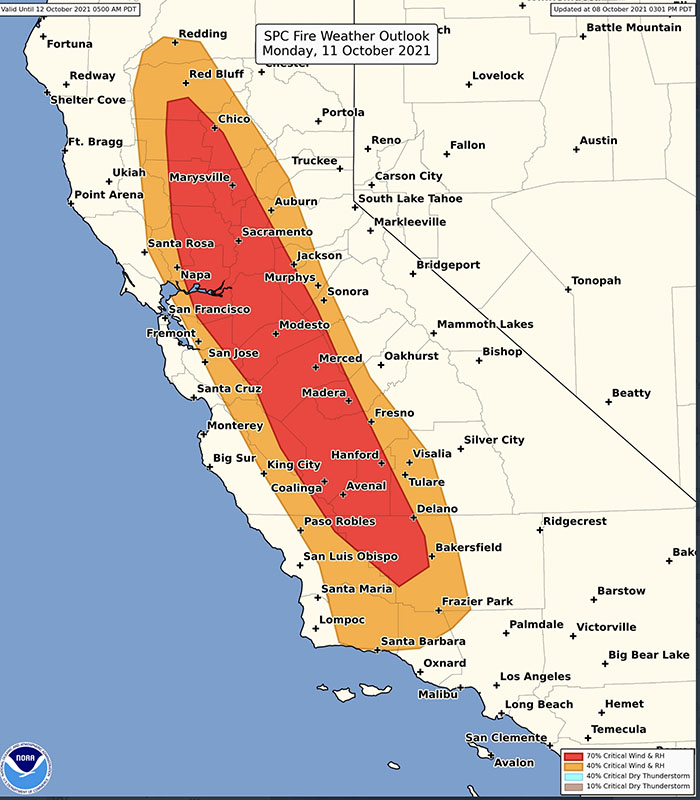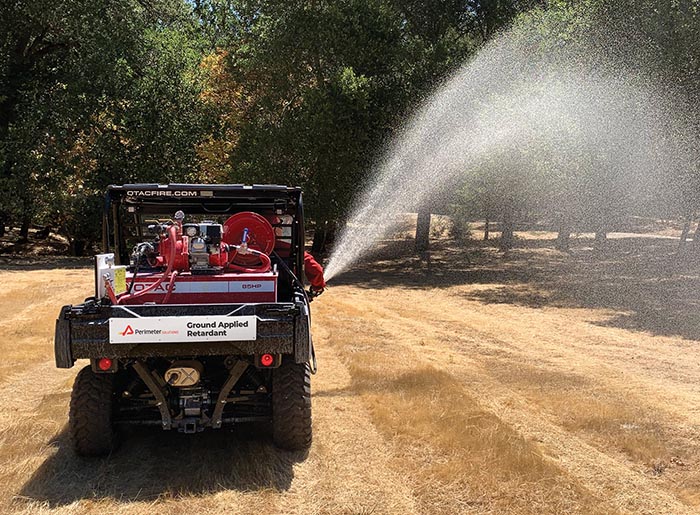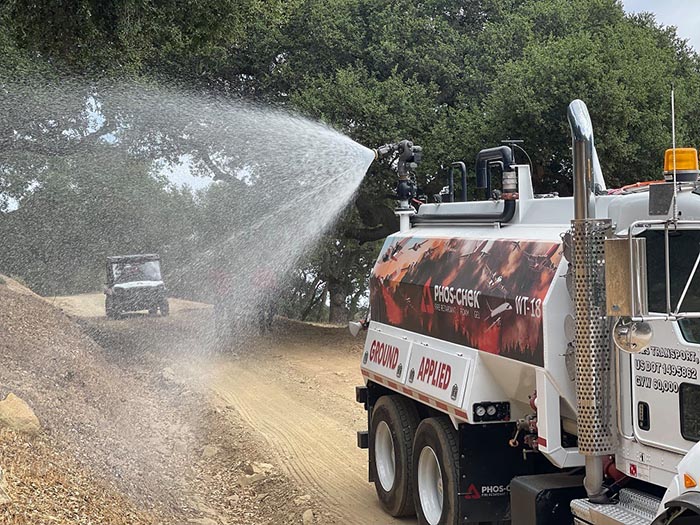From a recently completed study in Canada:
Funded by Natural Resources Canada, a project provided preliminary data on cultural safety and occupational health and safety that is necessary to improve the understanding of Indigenous perspectives on wildland firefighting and wildland fire operations across what is now called Canada.
Wildland firefighting is a unique occupation. For decades, Indigenous (First Nations, Métis, and Inuit) firefighters and fire operations staff have been engaged in wildland fire suppression activities, formally and informally. They are increasingly being called upon by their communities and the broader wildfire management agency community in Canada to engage and deploy in various wildfire suppression and related duties. In the past decade, we have seen an increase in wildfire activity and the number of communities put at risk or impacted by high-intensity wildfire events. Due to the nature of this work, Indigenous Peoples engaged in wildland fire suppression activities routinely work in hazardous situations and stressful environments – impacting their physical, mental, and spiritual/cultural well-being.
Giving Voice to Cultural Safety of Indigenous Wildland Firefighters in Canada was a multidisciplinary, collaborative team-based project.
From January – July 2021, the Turtle Island Consulting Services Inc. (TICS Inc.) Project Team explored the following set of questions:
- What are Indigenous wildland firefighters’ and wildland fire operations staff’s experiences regarding accident/injury rates, sickness presenteeism/absenteeism, chronic illness, close calls, racism/ discrimination/harassment?
- What is currently working on the fireline and fire operation centres to promote cultural safety of Indigenous wildland firefighting personnel?
- What are the priority needs/issues and recommendations for enhancing cultural safety for Indigenous wildland firefighting personnel?
The TICS Inc. Project Team developed an online survey and virtual circles were conducted specifically for individuals who self-identified as Indigenous and worked in wildland firefighting and/or fire operations for at least one fire season in Canada. These participant selection criteria supported the sharing of Indigenous Peoples’ voices in culturally safe spaces to help (i) increase the understanding of their jobs, (ii) enhance overall satisfaction from a cross-cultural perspective during this important work, and (iii) aid in making the future of wildland firefighting more enjoyable, safer, and culturally inviting.
For more information about Project findings, please view the following reports.
The Executive Summary is immediately below. Farther down you can click to download it or view it online .
[pdf-embedder url=”https://wildfiretoday.com/wp-content/uploads/2021/10/Summary-Giving-Voice-to-Cultural-Safety-of-Indigenous-Wildland-updated-Oct-2021.pdf” title=”Giving Voice to Cultural Safety of Indigenous Wildland Firefighters in Canada”]
Thanks and a tip of the hat go out to Marty.
